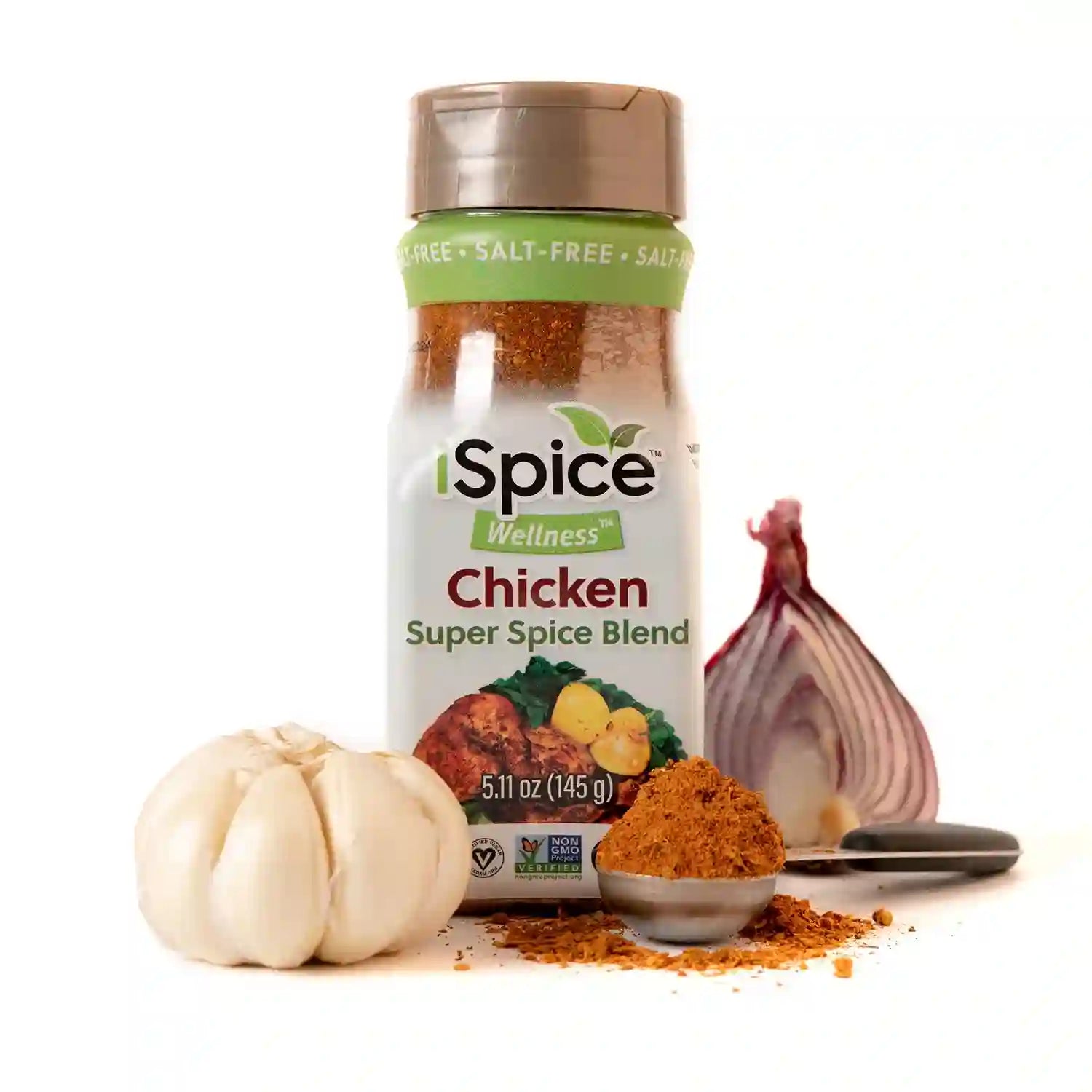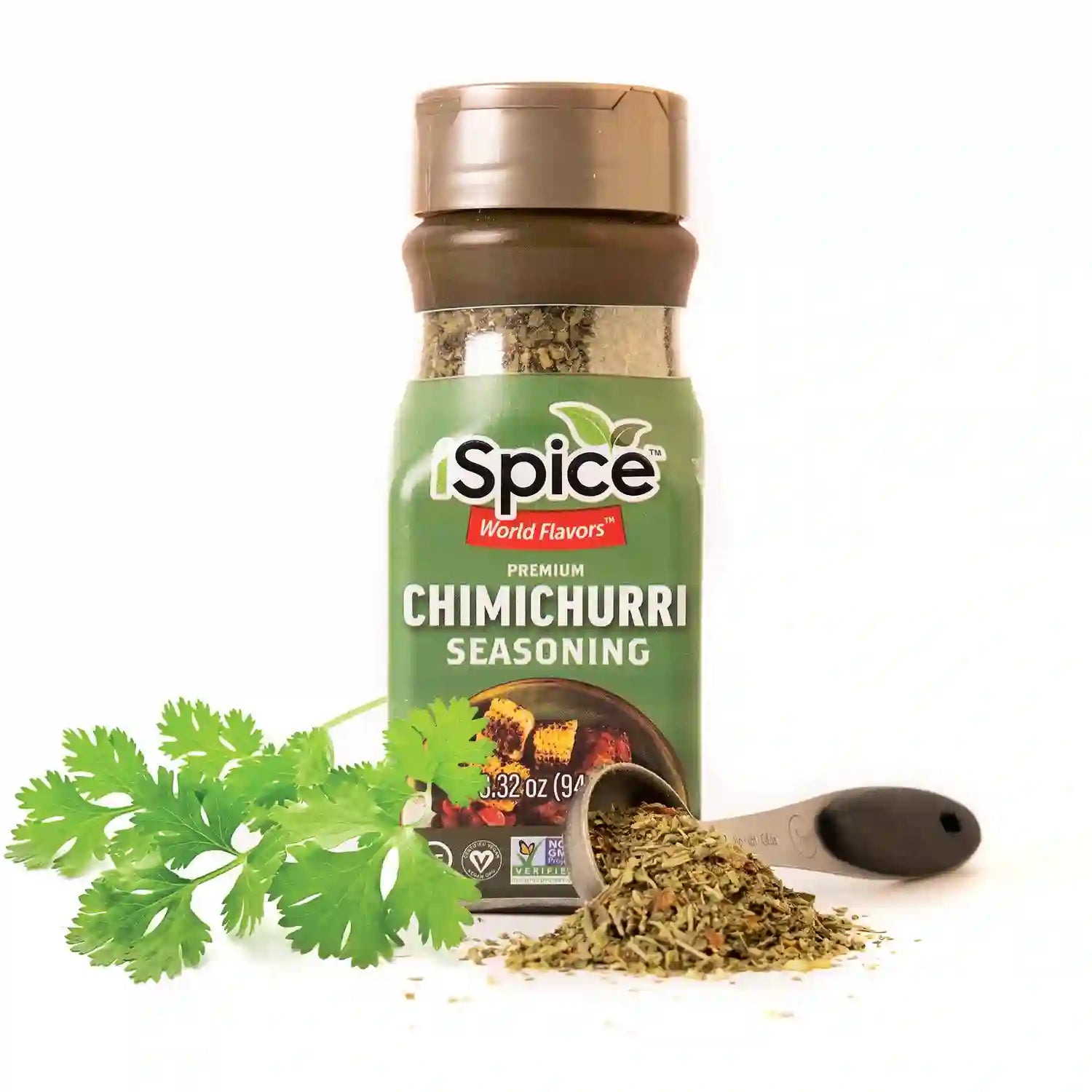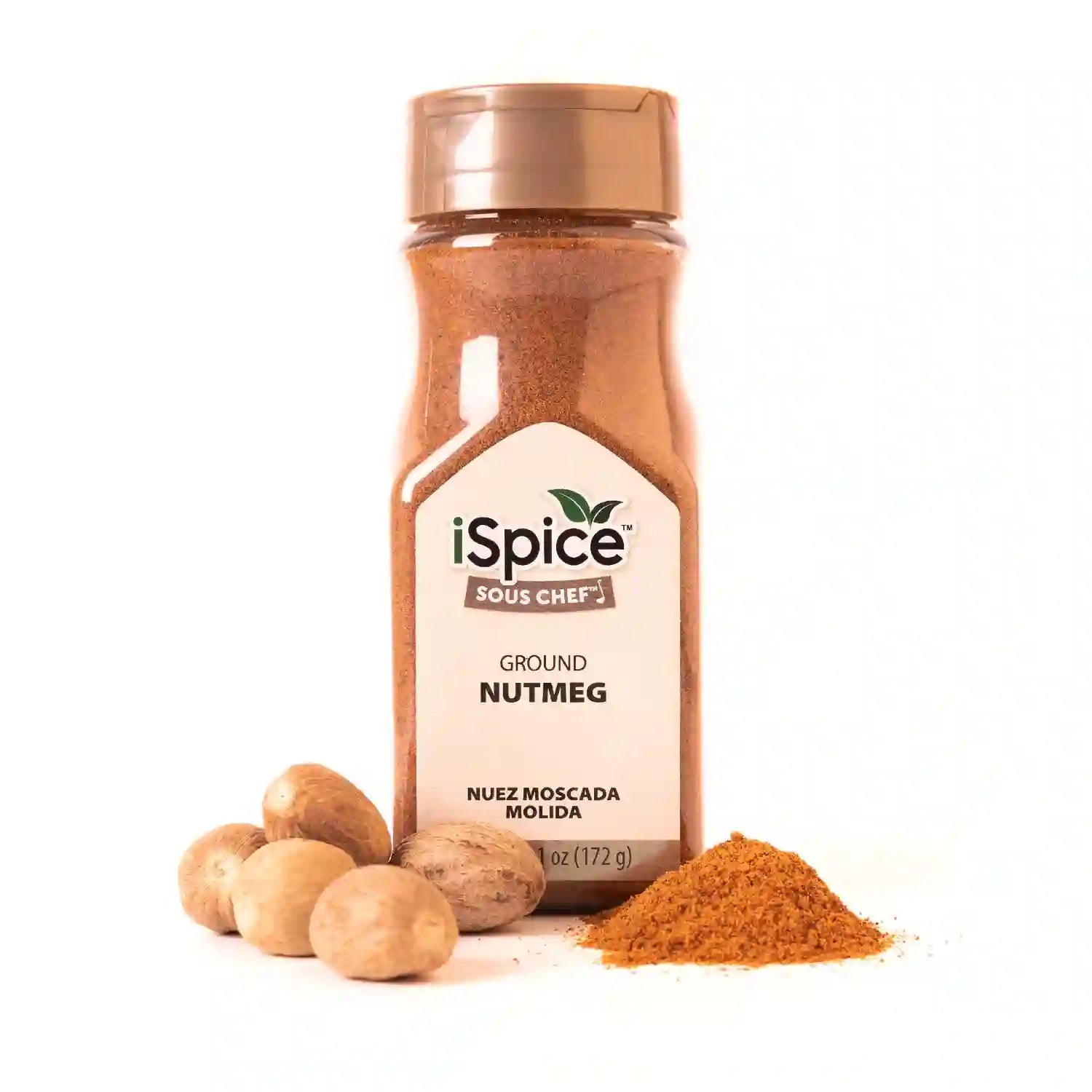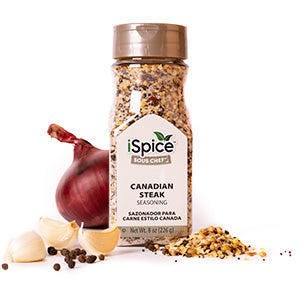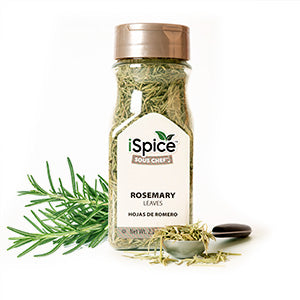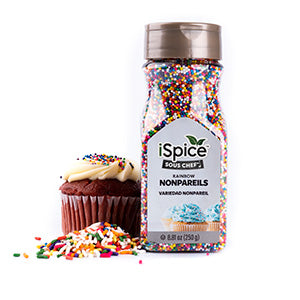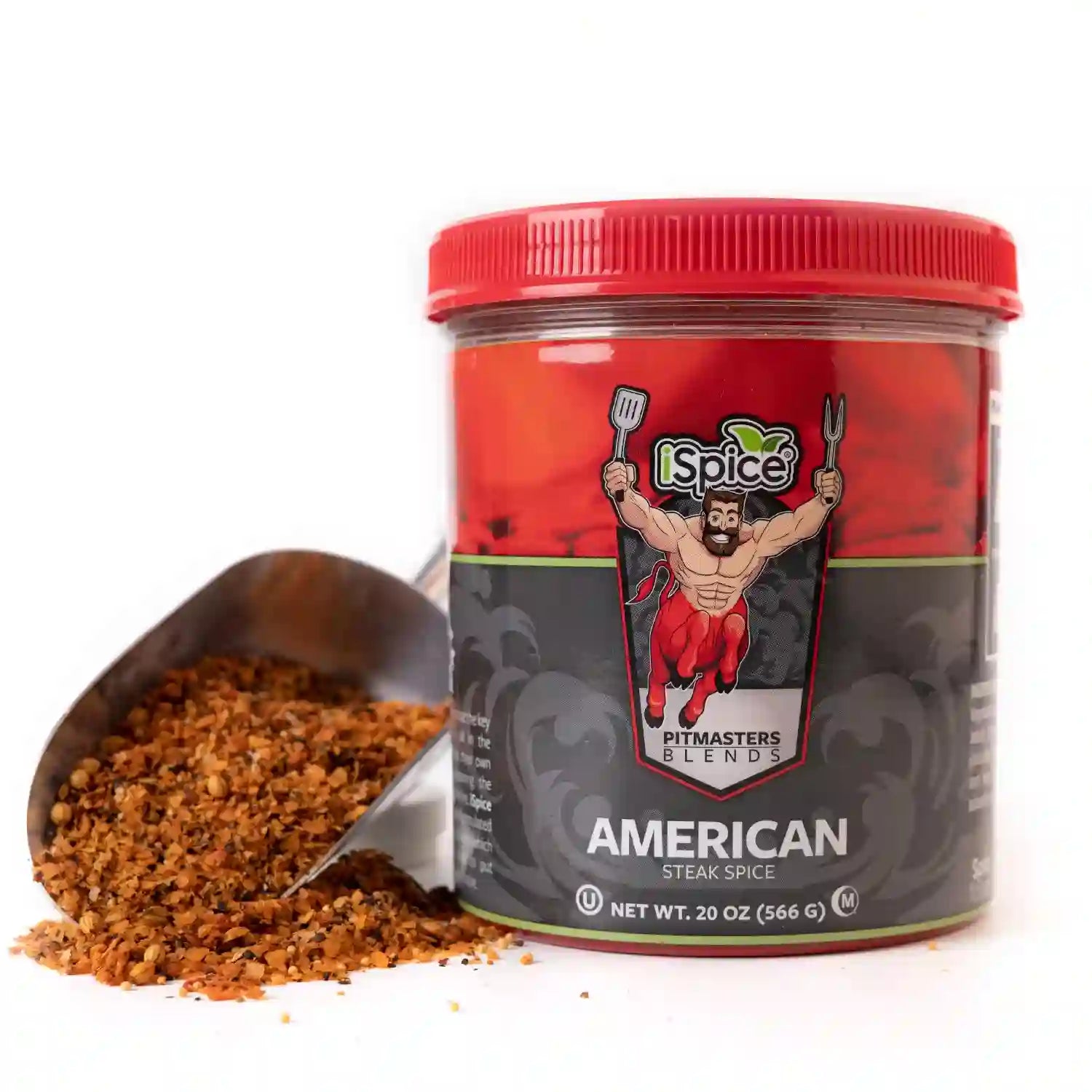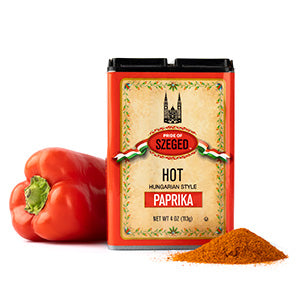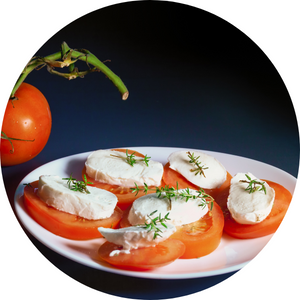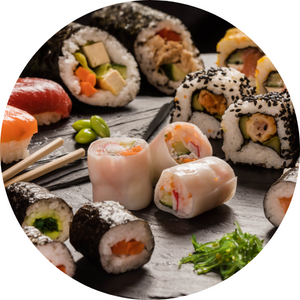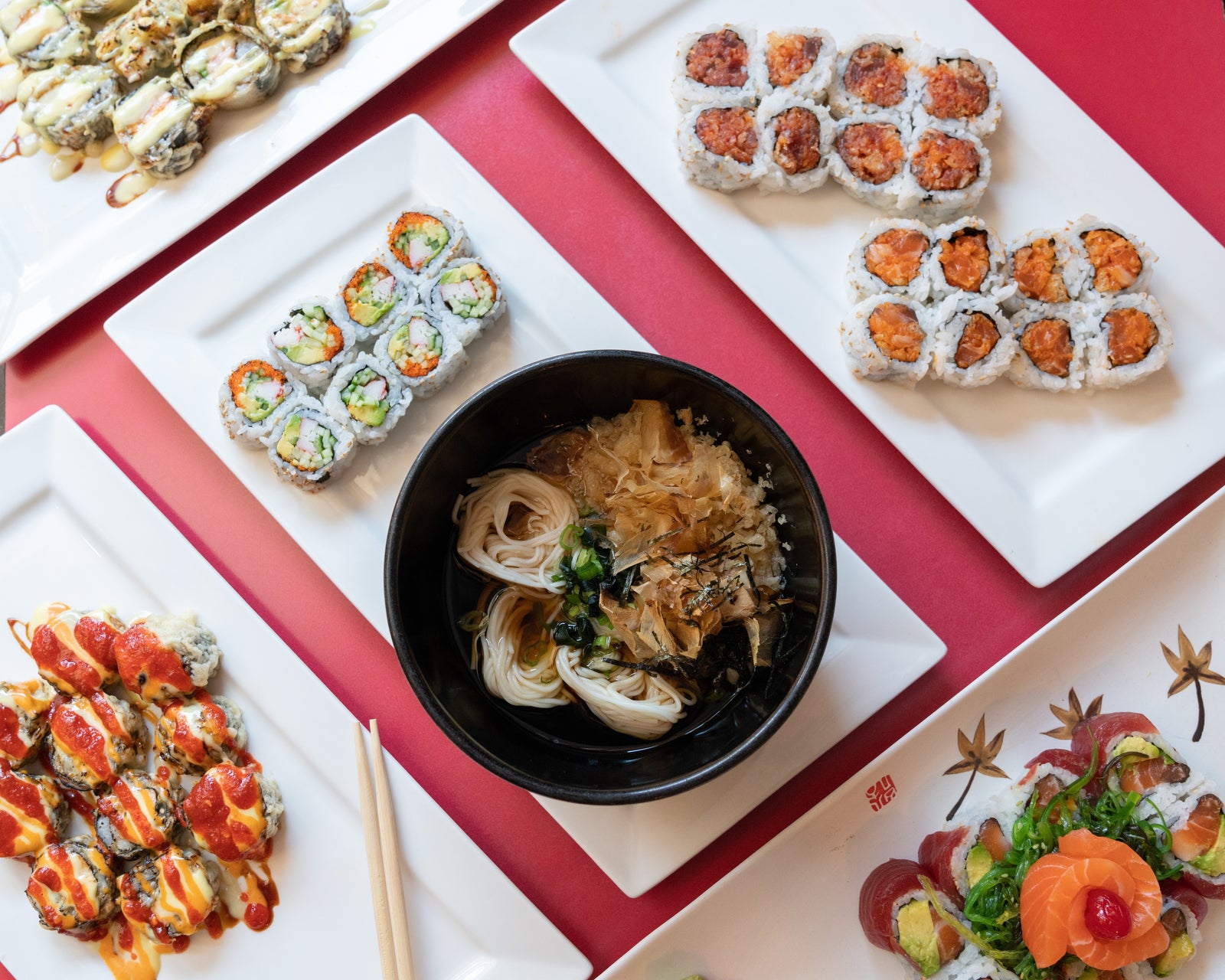
Introduction
Japanese Seaweed Seasoning, also known as "Furikake" in Japan, is a versatile condiment made from a blend of dried seaweed, sesame seeds, salt, sugar, and sometimes other savory ingredients. It is a beloved staple in Japanese cuisine and is widely used as a topping for rice, noodles, salads, and even popcorn. The term "Furikake" translates to "sprinkle over" in Japanese, emphasizing its common usage as a seasoning to enhance the taste of various dishes.
What is Japanese Seaweed Seasoning?
Japanese Seaweed Seasoning, also known as "Furikake," is a delightful condiment that adds depth and flavor to a variety of dishes. This umami-packed ingredient is made from dried seaweed, sesame seeds, salt, and other savory ingredients, creating a symphony of flavors that tantalizes the taste buds.
The Origins of Umami
The key to understanding the allure of Japanese Seaweed Seasoning lies in the concept of umami. Discovered by Japanese chemist Kikunae Ikeda in the early 20th century, umami is often referred to as the fifth basic taste, alongside sweet, sour, salty, and bitter. It is a savory and mouthwatering sensation that enriches flavors and creates a sense of depth in food.
Unraveling the Umami Sensation
The umami sensation in Japanese Seaweed Seasoning comes from the presence of glutamate, an amino acid found naturally in various foods, including seaweed. Glutamate enhances the taste and creates a delightful savory experience, making Japanese Seaweed Seasoning a must-have ingredient for any culinary enthusiast.
Exploring the Culinary Uses of Japanese Seaweed Seasoning
The versatility of Japanese Seaweed Seasoning extends far beyond rice and noodles. Its umami-rich profile makes it a fantastic addition to various dishes, allowing you to unleash your culinary creativity. Here are some exciting ways to use Japanese Seaweed Seasoning in your kitchen:
-
Savory Rice and Noodle Toppings: Sprinkle Japanese Seaweed Seasoning over steamed rice, sushi rice, or noodle dishes for an instant burst of flavor.
-
Salad Enhancer: Elevate your salads by adding a dash of Japanese Seaweed Seasoning. It pairs wonderfully with fresh greens and vegetables.
-
Popcorn Surprise: Take your movie nights to the next level by tossing freshly popped popcorn with Japanese Seaweed Seasoning for a savory twist.
-
Omelets and Scrambles: Sprinkle it over omelets or scrambled eggs for a unique and delightful breakfast experience.
-
Seasoned Seafood: Use it as a seasoning for grilled fish, shrimp, or scallops to enhance the natural flavors of the seafood.
-
Sushi Rolls: Incorporate Japanese Seaweed Seasoning into sushi rolls for an extra layer of taste and texture.
Embracing Tradition: The History of Furikake
To truly appreciate Japanese Seaweed Seasoning, it is essential to understand its historical significance. Furikake was first developed in the early 1900s by a Japanese pharmacist named Suekichi Yoshimaru. He aimed to create a flavorful and nutritious seasoning that would encourage people to consume more essential nutrients like calcium and iodine. As a result, Furikake was born, and it quickly gained popularity as a convenient and delicious way to enhance everyday meals.
The Evolution of Furikake
Over the years, Furikake has undergone various transformations, with numerous flavors and variations now available on the market. Traditional Furikake typically featured ingredients like nori (seaweed), sesame seeds, bonito flakes, and dried fish. However, modern versions come in exciting combinations, incorporating ingredients such as dried eggs, vegetables, wasabi, and even cheese.
Making Your Own Japanese Seaweed Seasoning
Creating your custom Japanese Seaweed Seasoning is a fun and rewarding culinary endeavor. While pre-made options are readily available, crafting your blend allows you to tailor the seasoning to your preferences. Here's a basic recipe to get you started:
Ingredients:
- 1 cup dried nori (seaweed) flakes
- 2 tablespoons sesame seeds (white or black)
- 1 tablespoon bonito flakes (skip for a vegetarian version)
- 1 teaspoon sugar
- 1/2 teaspoon salt
- Optional: dried egg, dried vegetables, or other preferred ingredients
Instructions:
-
In a dry pan over low heat, lightly toast the sesame seeds until fragrant. Remove from heat and let them cool.
-
If using bonito flakes, toast them in the same pan for a few seconds, then set them aside.
-
In a food processor or spice grinder, pulse the toasted sesame seeds until finely ground.
-
Add the nori flakes to the processor and pulse until the mixture reaches your desired texture.
-
If using bonito flakes, pulse them into the mixture as well.
-
Transfer the mixture to a bowl and add sugar and salt. Mix thoroughly.
-
Now, it's time to get creative! Add any additional ingredients you prefer to customize the seasoning to your taste.
-
Store the Japanese Seaweed Seasoning in an airtight container in a cool, dry place.
Experiment with different combinations of ingredients to discover your favorite blend of Japanese Seaweed Seasoning.
FAQs (Frequently Asked Questions)
Is Japanese Seaweed Seasoning Vegan?
Yes, traditional Japanese Seaweed Seasoning (Furikake) is typically vegan-friendly as it consists of dried seaweed, sesame seeds, and salt without any animal products.
How long does Japanese Seaweed Seasoning last?
When stored properly in an airtight container in a cool, dry place, Japanese Seaweed Seasoning can last for several months without losing its flavor and quality.
Can I use Japanese Seaweed Seasoning on non-Japanese dishes?
Absolutely! Japanese Seaweed Seasoning's umami-rich taste pairs well with a wide range of dishes from various cuisines, allowing you to explore new flavor combinations.
Is Furikake gluten-free?
Traditional Furikake is generally gluten-free; however, it is essential to check the product label for any additional ingredients that may contain gluten.
Can I use Japanese Seaweed Seasoning as a salt substitute?
Yes, Japanese Seaweed Seasoning can be used as a salt substitute in some recipes, providing a unique and delightful flavor without excessive sodium.
Can I purchase Japanese Seaweed Seasoning online?
Yes, Japanese Seaweed Seasoning is widely available online and in specialty grocery stores. Look for reputable brands to ensure the best quality and flavor.
Conclusion
Japanese Seaweed Seasoning, also known as Furikake, is a delightful condiment that brings the essence of umami to your dishes. From traditional Japanese cuisine to modern fusion recipes, this versatile seasoning adds depth and flavor, elevating your culinary creations to new heights. Whether you choose to purchase pre-made varieties or embark on a culinary adventure to make your blend, the rich taste of Japanese Seaweed Seasoning is sure to leave a lasting impression on your taste buds.
Alert: While spices can have many beneficial properties for health, using them for medical purposes should be done under the guidance and supervision of a healthcare professional or specialist. Some spices may interact with medications or cause adverse reactions in certain individuals, and it is important to use them safely and appropriately. If you are considering using spices for a medical condition, it is important to consult with a healthcare professional before doing so.

